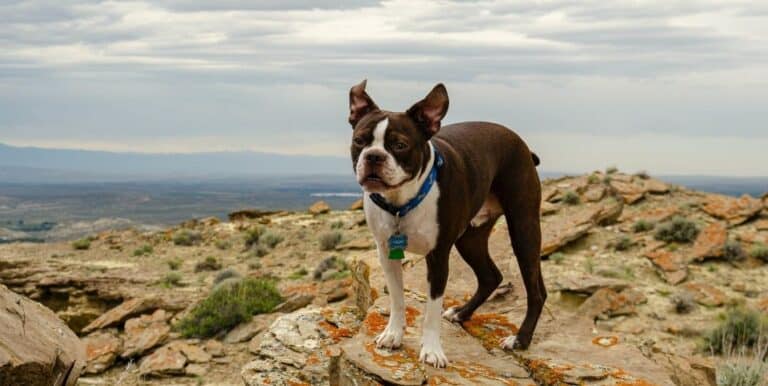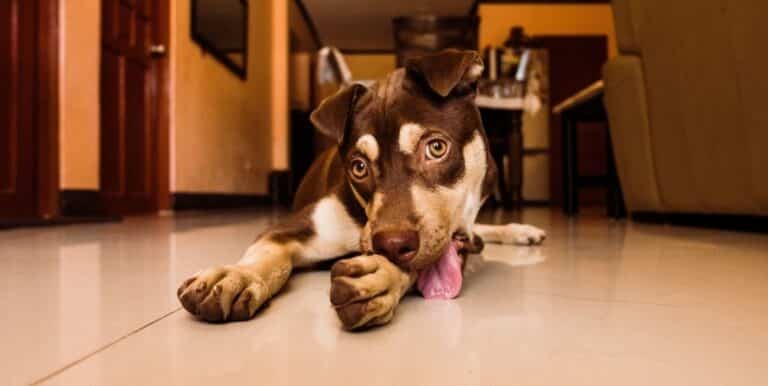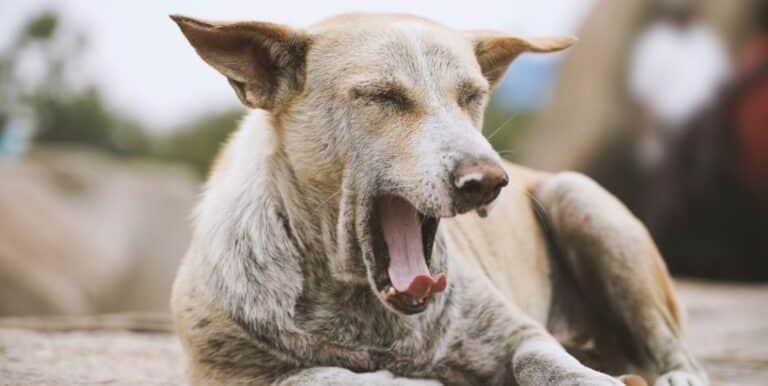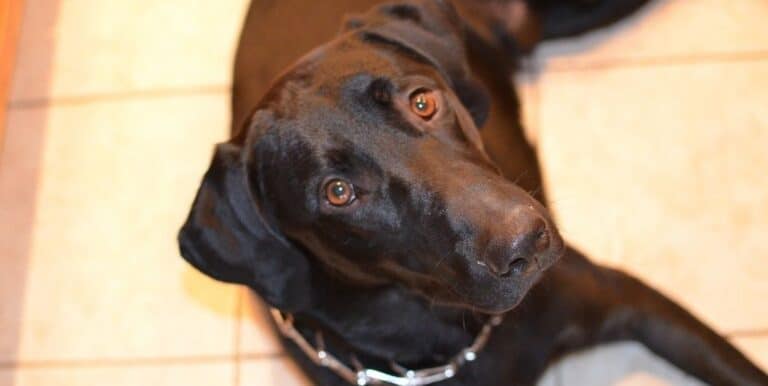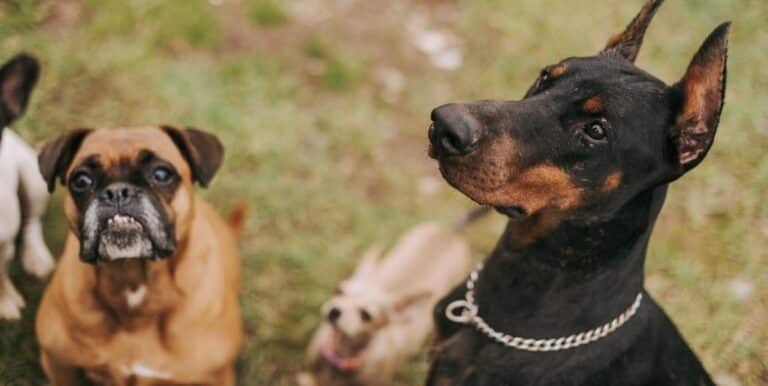What Is Dog Cologne?
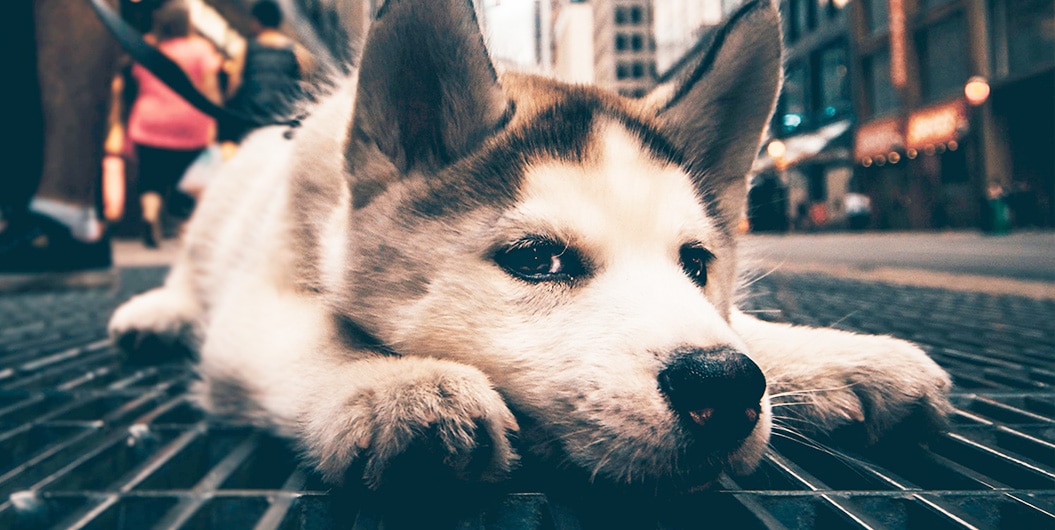
Gone are the days when Rover and Rex lived in their own little house in the backyard. These days, not only have the dog friends moved indoors with the people, but they’ve taken on some formerly human attributes, and not necessarily from choice. Many pets owners have turned to dog cologne to make the kitten, pup, ferret, or whatever smell as sweet as it looks.
Some folks snicker over the thought of dousing Killer with a squirt or two of Eau de Sweet. People who live with a pet who is prone to digging in the dirt, chasing after filthy rodents, or even rolling in a bit of decay from time to time are more likely to accept dog cologne as a good idea. Of course, no true dog lover would consider drenching Baby in something full of dangerous chemicals that might cause a rash or dry out delicate skin. Knowing what’s in the dog cologne is an important first step.
Caring pet owners probably know to avoid any scent that is made with an alcohol base. Not only can it dry out an animal’s delicate skin, but it can cause a long-term rash that can be difficult to banish. The same holds true with preservatives, artificial fragrances, and other non-natural ingredients. Owners should hunt for a cologne made specifically for dogs and read the label to be sure everything in it is pure and natural.

Some pet parents prefer to make their own dog cologne because that’s the only way to be completely sure about what it contains. The fragrance comes from essential oils, and they must be pure oils. Mixing this with a little distilled water and a few drops of animal-friendly oil creates a fragrance the whole family can live with. Most dogs don’t mind aromas they could find in nature, such as cedar, pine, or lavender. Using a few fragrances together to let their perfumes mingle results in a unique, signature scent.
Anyone with a skittish mutt might want to introduce the idea of dog cologne slowly. Spraying a bit onto a favorite toy will familiarize the aroma and imbue it with happy associations. Asking family members to douse themselves a couple of times can assure Fido that this fragrance represents the entire pack.
Some dogs don’t like spray bottles and associate them with punishment. Those animals will prefer having the cologne applied with a washcloth or by hand. Others don’t mind the spray, and that allows more even coverage. In that case, the owner should cover the dog’s eyes and avoid spraying near the muzzle.

